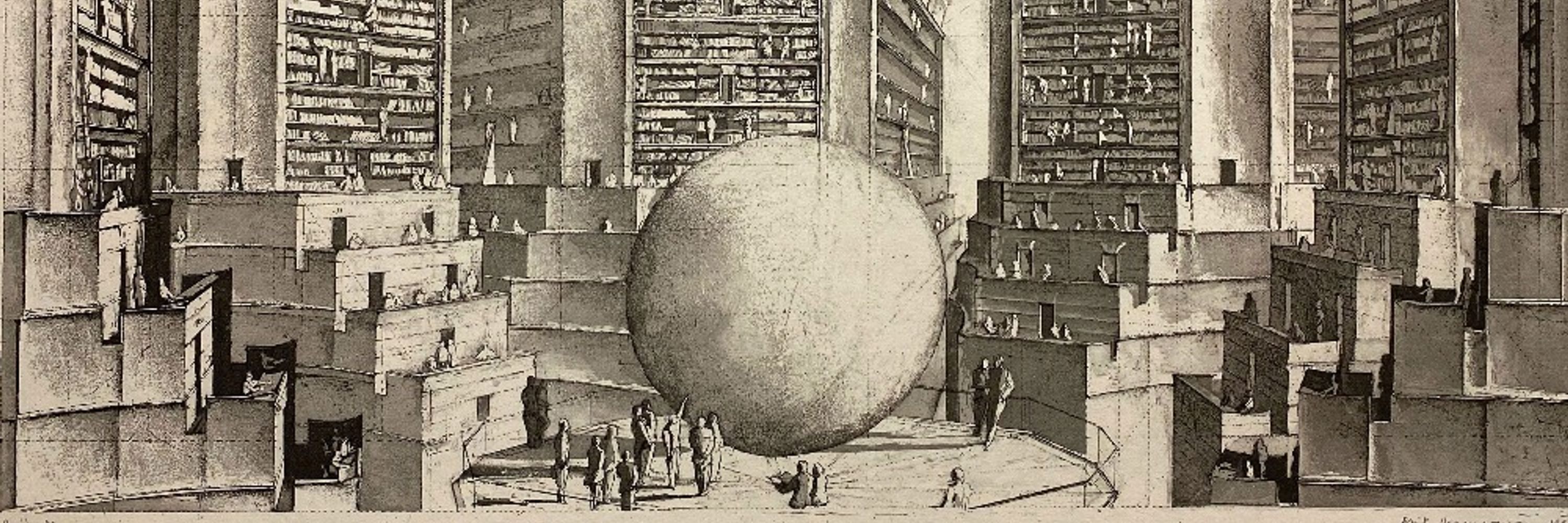
This is a dormant account which I only very occasionally update, follow me on X at https://x.com/incunabula.

“October 2023: War Breaks Out in Gaza.”

“October 2023: War Breaks Out in Gaza.”

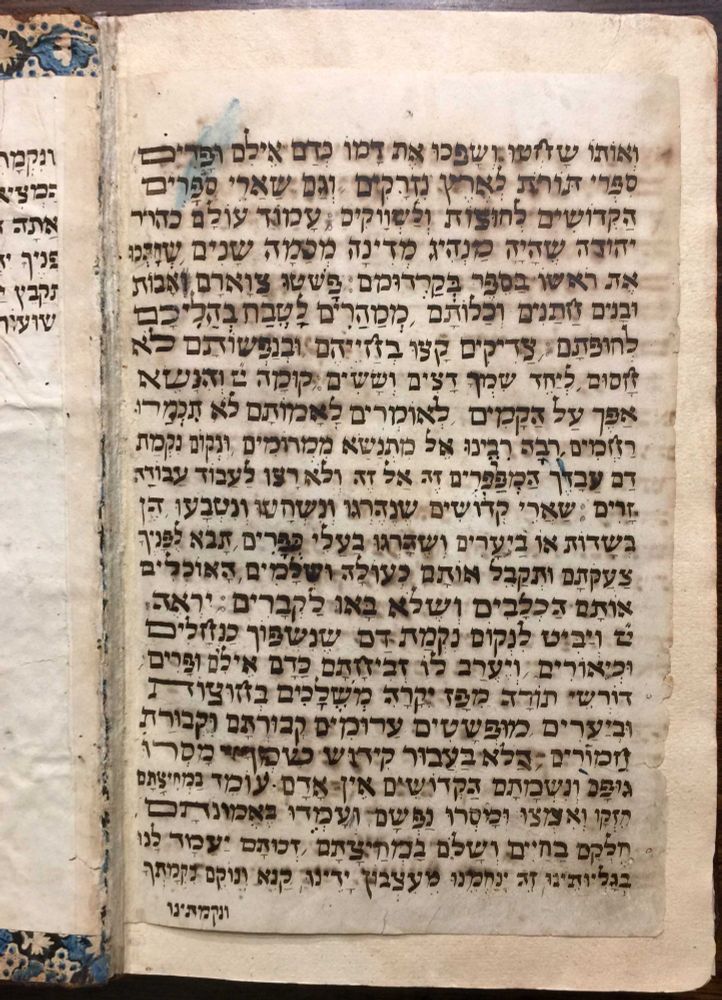
"...Rabbi Mordechai, who wrote the Holy Sefer Torah on parchments, and from them the enemies made sandals". 4/

"...Rabbi Mordechai, who wrote the Holy Sefer Torah on parchments, and from them the enemies made sandals". 4/
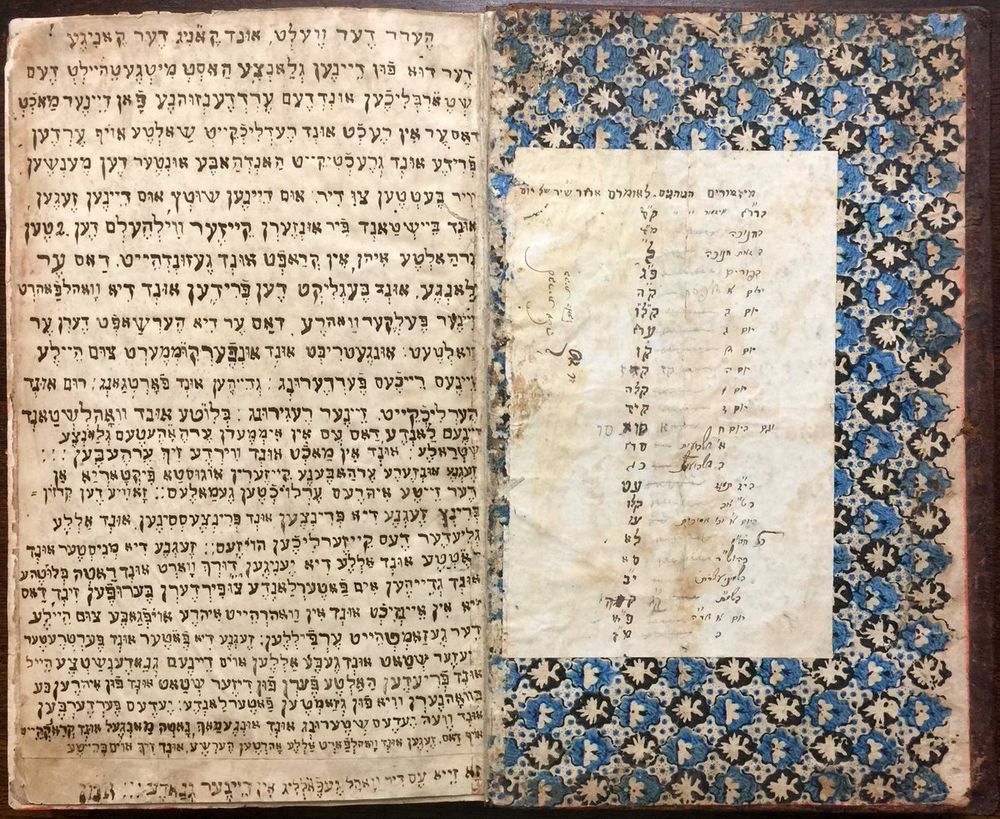
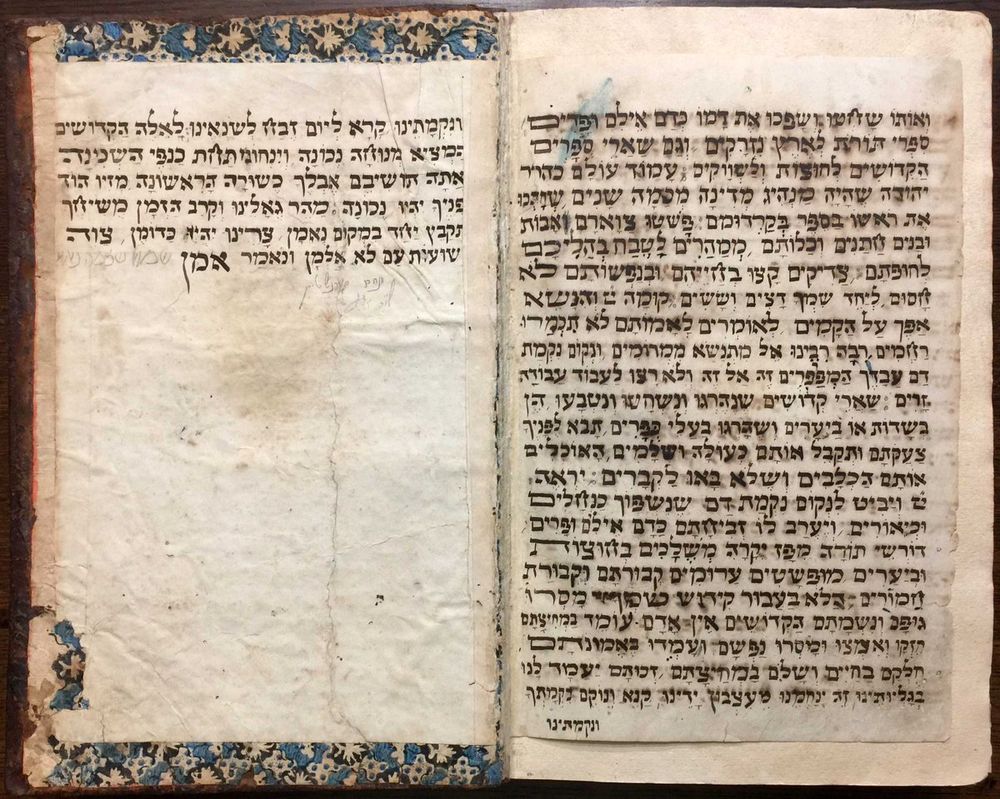

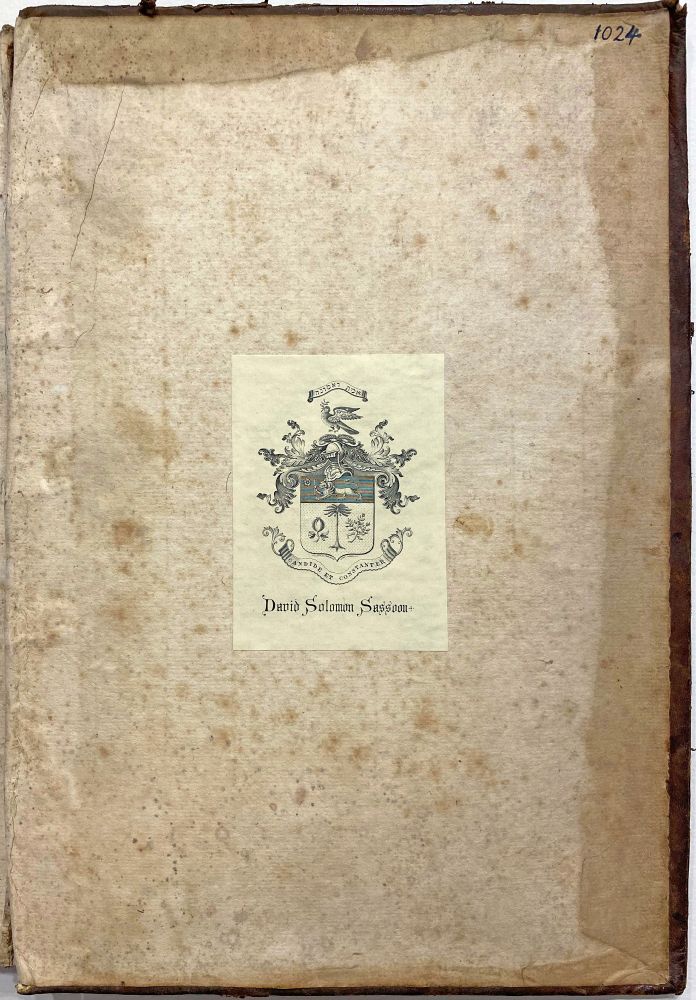


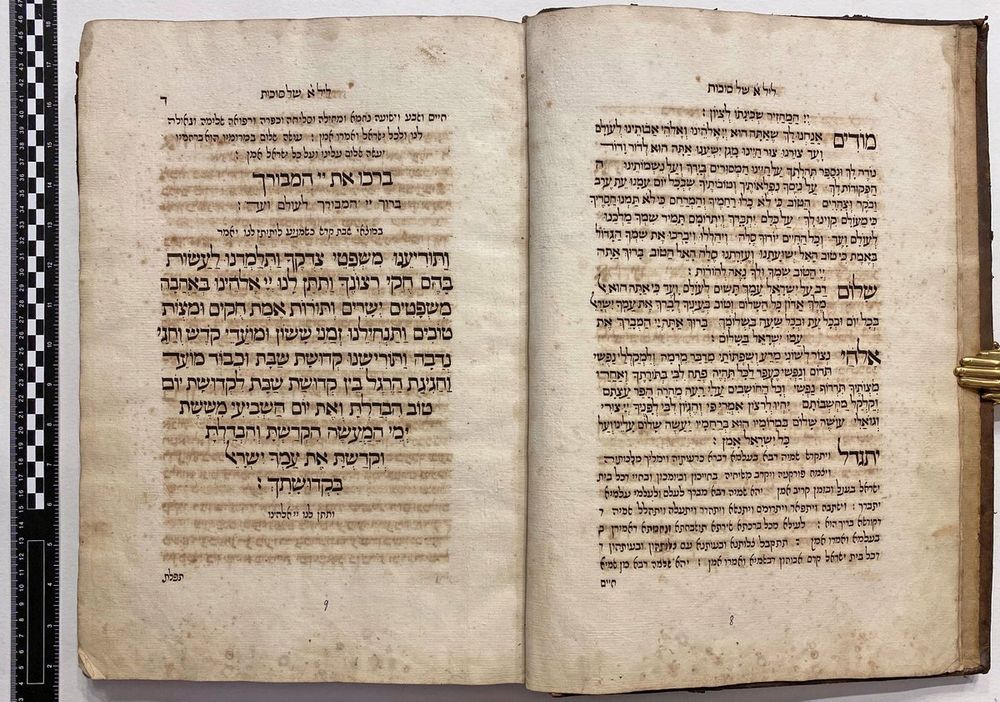
Many of these were never printed, and survive only in manuscript form, as here. 3/
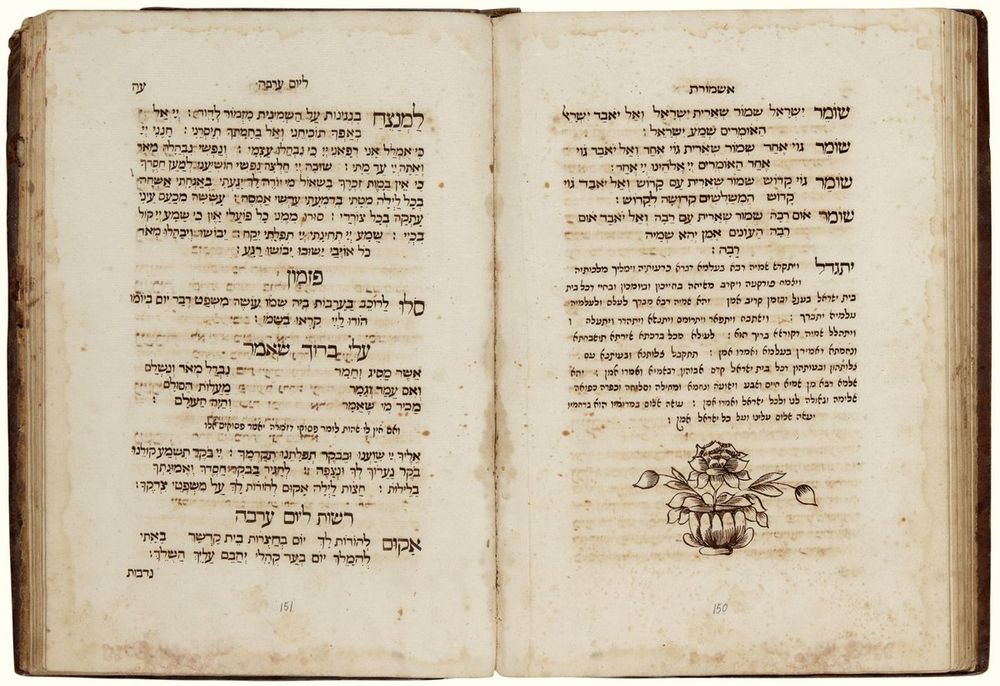
Many of these were never printed, and survive only in manuscript form, as here. 3/
Avignon was one of four Jewish communities tolerated by the Holy See: the other 3 were Carpentras, Cavaillon, & L'isle-sur-la-Sorgue. 2/

Avignon was one of four Jewish communities tolerated by the Holy See: the other 3 were Carpentras, Cavaillon, & L'isle-sur-la-Sorgue. 2/
This beautiful machzor (prayerbook) for Sukkot according to the rite of Avignon, was written by David Tsoref in 1721. 1/

This beautiful machzor (prayerbook) for Sukkot according to the rite of Avignon, was written by David Tsoref in 1721. 1/
This was the first Hasidic text printed in Israel.
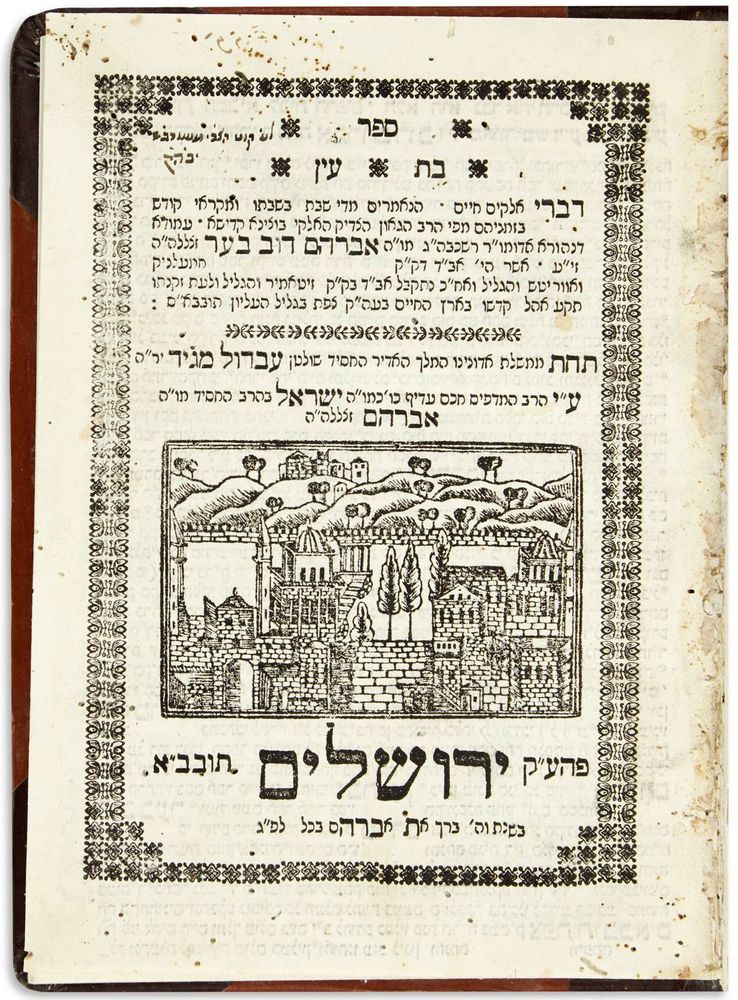
This was the first Hasidic text printed in Israel.


The first edition of the first book about Jerusalem printed in the Holy City, illustrated with the Western Wall on the title page.

The first edition of the first book about Jerusalem printed in the Holy City, illustrated with the Western Wall on the title page.

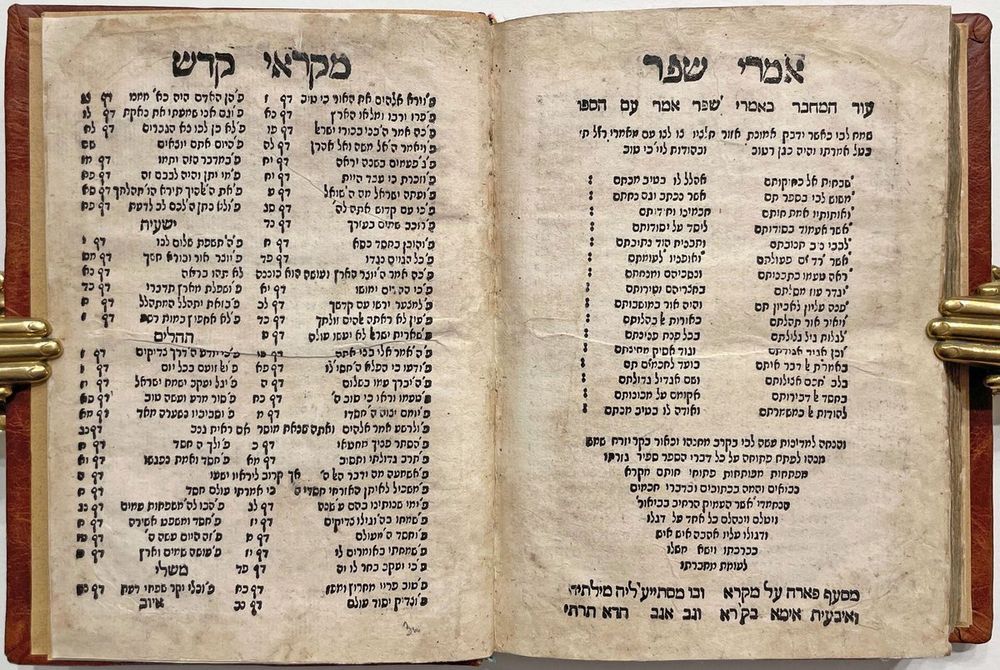

This is Rabbi Samuel Aripul's "Sar Shalom", printed in 1578 by Abraham & Eliezer Askkenazi at Safed (צְפַת Tsfat), the highest city in the Galilee, in what is today northern Israel.
Jews were printing books in Israel nearly 5 centuries ago.

This is Rabbi Samuel Aripul's "Sar Shalom", printed in 1578 by Abraham & Eliezer Askkenazi at Safed (צְפַת Tsfat), the highest city in the Galilee, in what is today northern Israel.
Jews were printing books in Israel nearly 5 centuries ago.
Obverse: Chalice with Paleo-Hebrew: ŠQL YŚR’L (= Shekel of Israel) and the date: Y(ear) 3.
Reverse: 3 pomegranates, with Paleo-Hebrew: YRUŠLYM HQDUŠH (= Yerushalayim Hakedosha = Jerusalem the Holy [Place]).

Obverse: Chalice with Paleo-Hebrew: ŠQL YŚR’L (= Shekel of Israel) and the date: Y(ear) 3.
Reverse: 3 pomegranates, with Paleo-Hebrew: YRUŠLYM HQDUŠH (= Yerushalayim Hakedosha = Jerusalem the Holy [Place]).
So what else, you ask, did Geoffrey Prout write? ... 1/

So what else, you ask, did Geoffrey Prout write? ... 1/



